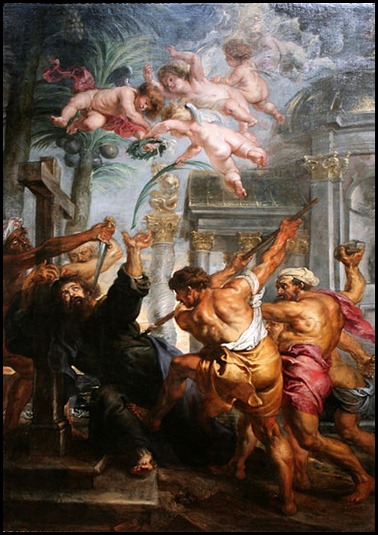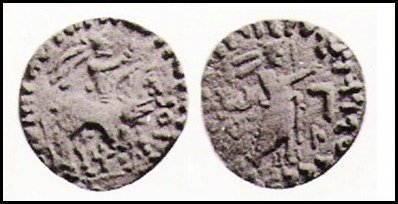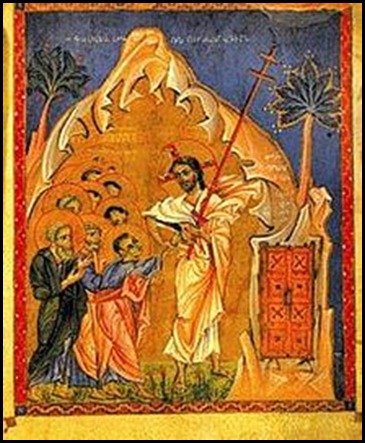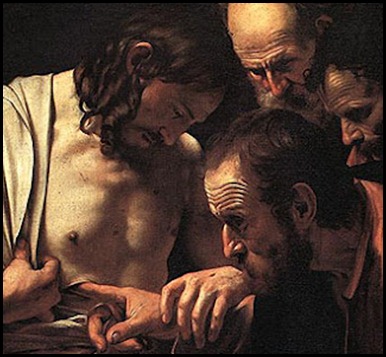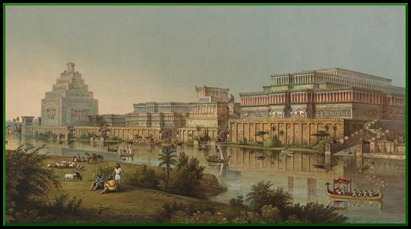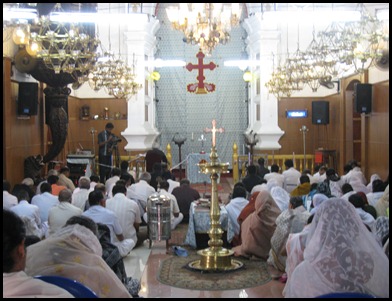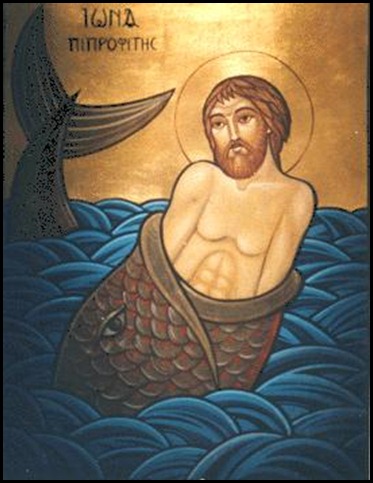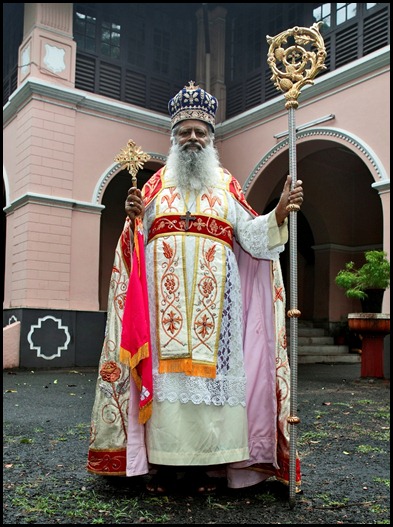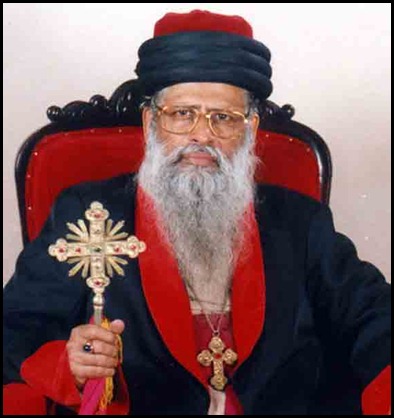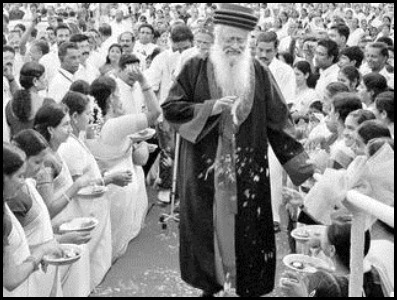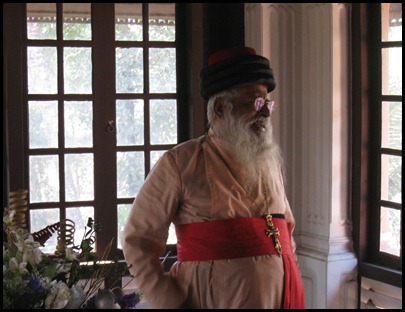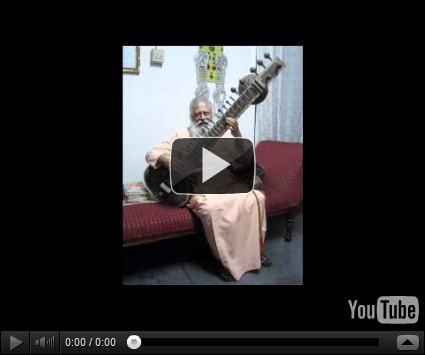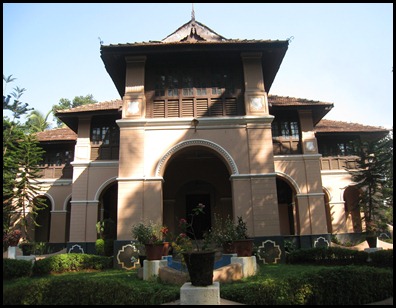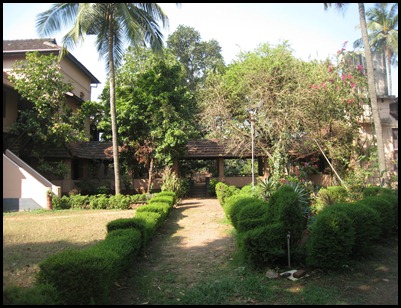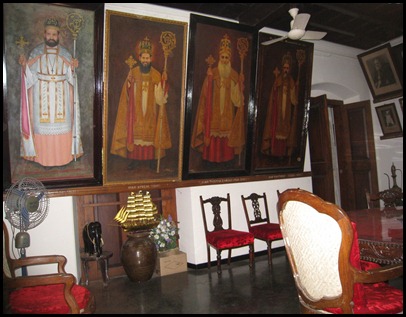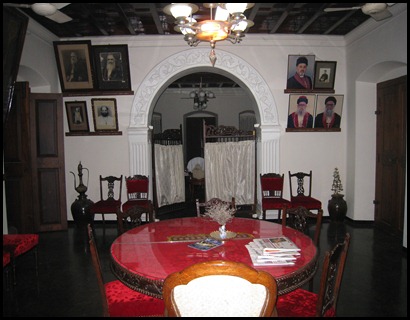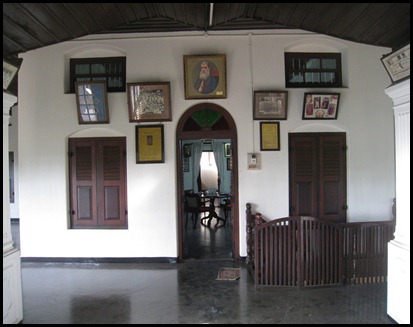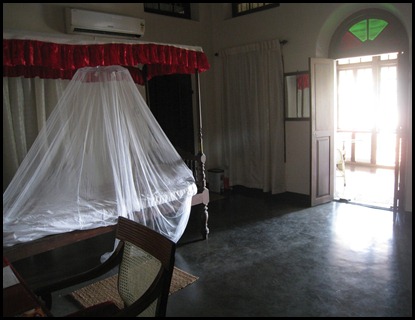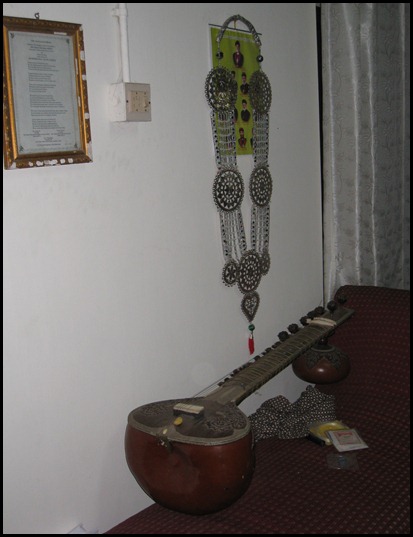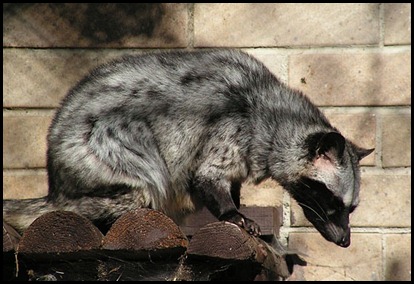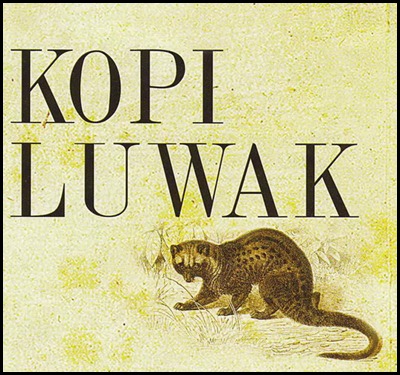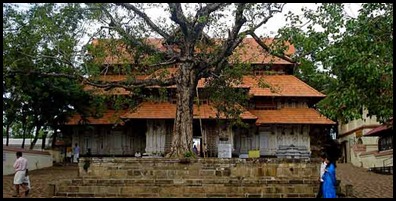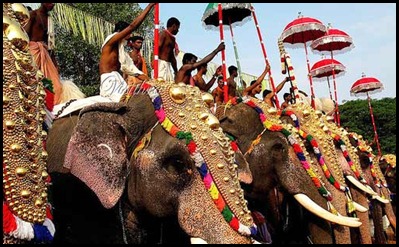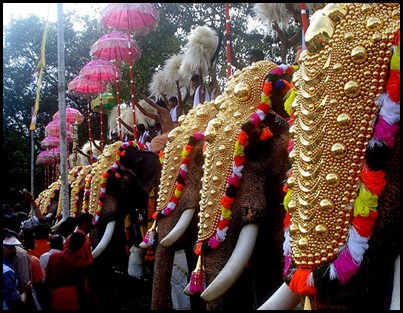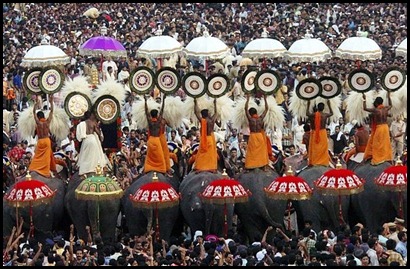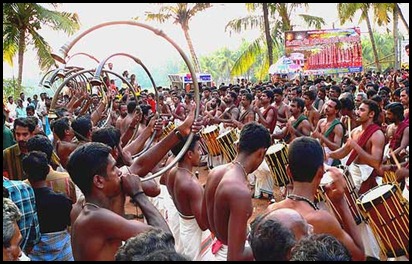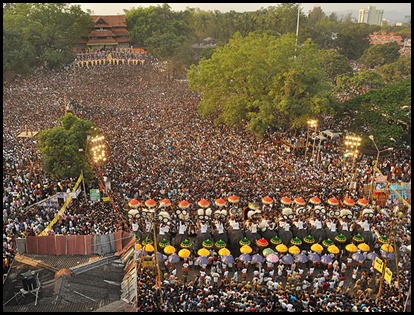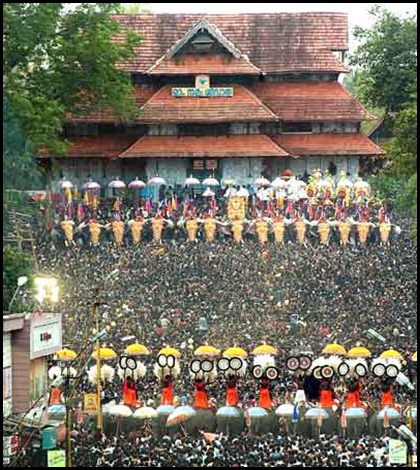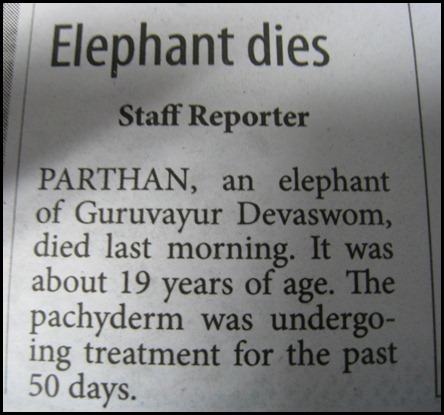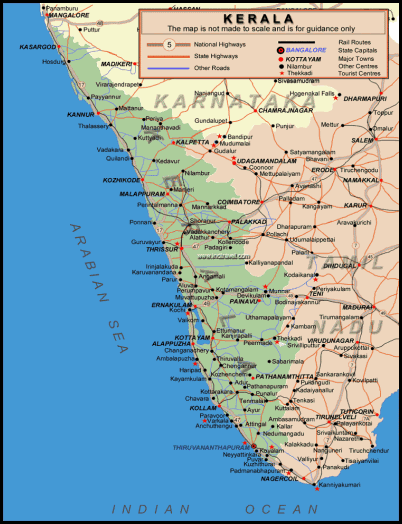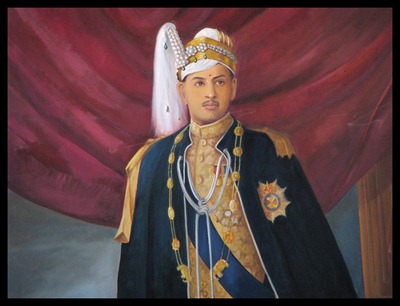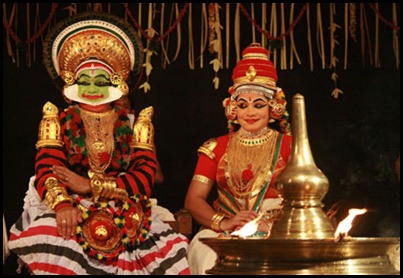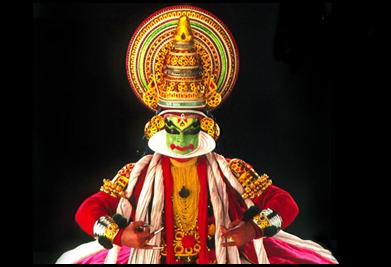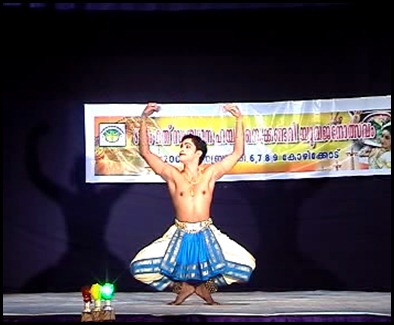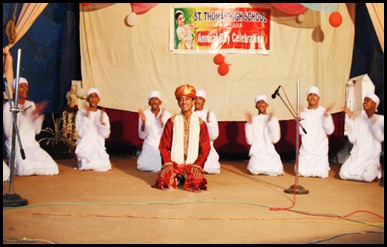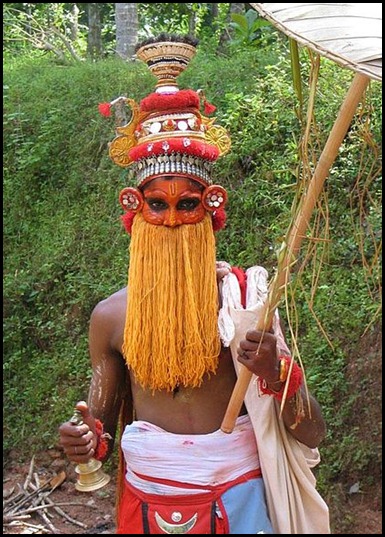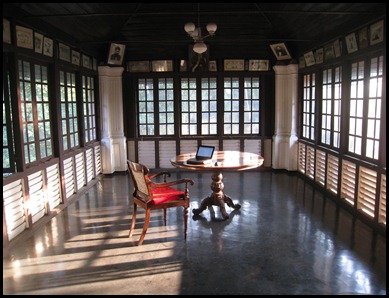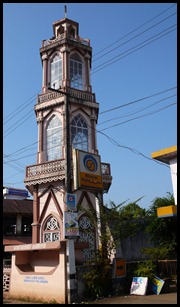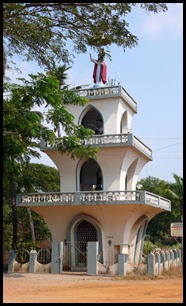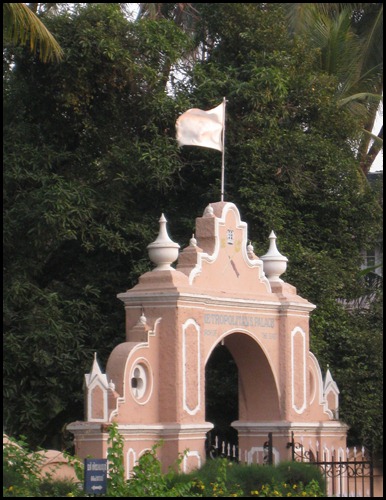SCHOLARSHIP OF SAINT BASIL THE GREAT 2012
Many Western scholars initially rejected the tradition of Saint Thomas’s evangelisation of India as pure legend as there is no direct evidence to support the claim. Saint Thomas Christians usually retorted by asking Western Christians to show the hard evidence that Saint Peter went to Rome! Their point is that the emphasis placed on a lack of direct evidence as well as a predilection to scepticism blinded them to the actual documented history that does exist and thus paradoxically shows their deep ignorance of the world of Saint Thomas’s time.
Father Henri Hosten SJ in his magnum opus Antiquities from San Thoma and Mylapore compiled more research on this subject than any other modern scholar. Many were amazed to find that the question of Saint Thomas’s coming to India was very much a live historical theory.
The Saint Thomas Christians have a full ancient historical understanding of the Apostle’s evangelisation and this has been reinforced through the practice of oral histories that form part of the sociological framework of the caste system. As each caste has a very subtle position in the society this is strengthened through epic historical narratives of how they came to occupy this position and how they achieved the rights and privileges they enjoy (itihasa-puranas). This is undergirded by sophisticated narrative genealogies (vamshavalis). As well as the oral tradition of bardic song, they also possessed hard evidence in the form of copper plates given by the Kings and rulers that outline their place and privileges in society.
The Malankara tradition says that Saint Thomas came to Kodungallur (Cranganore) or Mahadevapattanam. It was known to the rest of the world as Muziris. This port provided trade to the West by means of the predictable monsoon winds that would blow ships across the Arabian ocean during certain months and then blow them back again a few months later. This provided direct access to Alexandria and Aden with easy access up the Indus to Taxila/ Gandhara, as well as Ormuz and Seleucia-Ctesiphon in Mesopotamia. If you hugged the coastlines and braved the Straits of Malacca you could also use the port to trade with imperial China in the east.
The older external Persian or Syriac version of this story stress that the Apostle came overland and arrived in the Indo-Parthian north and that he later went south. Both versions share basically the same story about a king who commissions a royal palace to be built for him by the Apostle and the martyrdom in Myapore.
The earliest source of the story of Saint Thomas in India is found in the apocryphal Acts of Thomas of an unknown provenance and originally written in an unknown language (that is we do not which language the original was written in and not that it was written by aliens from another world who used some hitherto unknown tongue). The oldest surviving manuscripts date it to at least the third or fourth century but contextual details and content make it quite possible that it was written in the second century. Thus the Acts of Thomas is the oldest surviving account left by a Christian community beyond the eastern boundary of the Roman Empire.
The Acts not only link Saint Thomas to India but also to the Babylonian congregations in Edessa (the capital of the small principality of Osrhoene squashed between the Roman and Persian Empires). From Edessa come further elaborations on the story including the Agbar legend of Judas Thomas, their own version of The Acts, as well as famous hymns by Saint Ephrem (Emphraem) of Edessa. Later versions of The Acts were copied in Arabic, Armenian, Coptic, Ethiopic, Greek and Latin.
The story tells how the Apostles in the Upper Room divided the world into regions for them to go an evangelise. Saint Thomas receives India and is not at all happy and refuses to go. His brother Apostles pray for him to repent and go and their pray is answered when that night Jesus appears in a dream and directly asks him to go. He grumbles, giving many Jonahish excuses why he can’t go but eventually consents. As the dream is happening an Indian envoy arrives from the south with orders from King Gundaphar, an Indo-Parthian ruling an area of what is now the Punjab and Afghanistan, to bring back a skilled merchant to build him a royal palace. Jesus himself goes to greet the merchant and giving his credentials as a carpenter sells him his servant Thomas for twenty pieces of silver and even writes out a bill of sale. He then fetches Saint Thomas and gives him to the merchant who, after ascertaining if Jesus really is his Lord and Master, takes him as his slave and boards a ship to sail for the East. Several romantic adventures follow before they reach India.
When he reaches the court of King Gundaphar (Gondaphorus, Gondophares) he is given a huge treasure and told to have the new royal palace ready before he returns from a lengthy pilgrimage. The Apostle Thomas is horrified by the social inequality that he finds in the kingdom with the wealthy having little or no care for the poor and destitute. So in rebellion against the opulence of the powerful he distributes the entire treasure to the poorest and most oppressed to alleviate their suffering. He spends his time teaching the ‘Good News’, healing the sick, casting out demons and proclaiming the New God. When the king returns and asks to see his new palace Saint Thomas tells him that it has been built and that it awaits him in heaven. Not surprisingly, the king orders him to be executed. That evening the king’s brother Gad dies and on entering heaven beholds the magnificence of the ‘royal palace’ that Saint Thomas had built for his brother. He then requests a boon that he might come back to life just to inform his brother what he has seen and he is given it. When the king hears the news from his dead brother he calls off the execution, and converts to Christianity as well as his whole court. His new converts receive anointing with oil (called the ‘seal’), baptism (called the ‘added seal’) and communion (called ‘bread and wine’). The ordination of deacons and priests quickly follows.
The Acts of Thomas records further adventures after he leaves the court to travel across India but most of the rest of the book deals with his martyrdom at Mylapore (or Mailapur which is now a suburb of Madras which is now called Chennai). Owing to the conversion of many prominent women in the court of the king, including the queen, which disrupts the marital relations of the king and his royal officials, Brahmins are sent to kill Saint Thomas with a trident spear. His body is then buried on Thomas Mount outside the city.
Much of the Acts of Thomas has a romantic epic quality that is obviously of questionable historical accuracy. However the general story line is surprisingly possible. Scholars such as Farquhar, Medlycott (later of Westminster), Dahlmann and Mingana make such an argument. From numismatic and archaeological discoveries we now know that there was a king named Gundaphar (spelled G0ndophares in Greek), that he had a brother Gad, and that he did indeed reign over a large Indo-Parthian kingdom. The kingdom lasted from at least the year 19AD to 55AD before northern Kushana forces destroyed it. This was only discovered in the last 200 years when a huge cache of coins were found bearing his name.
Much of the supporting evidence for the Saint Thomas tradition relies upon internal sources in south India. These consist of: carefully preserved oral sages; literary texts; genealogies; epigraphic and numismatic date on stone and copper plates; coins of copper silver and gold; and archaeological remains. Six ancient stone crosses that seem to date to the 2nd century can be found at: Quilon; Niranam; Kotamamgalam; Kottukkayal (Paravur); Chayal; and Palayur.
The indigenous narrative tell the story of Saint Thomas: landing on the small island of Malankara or on the coastal side of Malabar; living there for many years; sailing to Mylapore before going to China; returning to Malabar and settling at Kodungallur where he strengthened the original seven congregations he founded when he first came; training leaders from the high-caste families; and then departing back to Mylapore where he was martyred by Brahmin for refusing to participate in worship of the goddess Kali.
The Thomma Parvam is the earliest record (supposedly 48 generations earlier than the first written version of 1601). It is still sung at special occasions such as weddings among Saint Thomas Christians. The song relates how Saint Thomas arrived in December of the year 52, converted Jews at Kodungallur, how the king allowed his nephew to be ordained a kattanar (priest) before the Apostle went to Quilon where he baptised 1,400 people and set up a cross. Afterwards he went to the Chola Rajas in Mylapore where the same story of the building of the royal place and the raising of the king’s dead brother found in the Acts of Thomas is recounted. When he was out walking from his hermitage on Little Mount he encountered Brahmins processing the goddess Kali to a scared grove. Upon refusing to worship her and the subsequent mysterious fire that destroyed the grove he was martyred.
The best known poetic version of the story gives a complicated demographic and social breakdown (varnashramadharma) of the hereditary castes of the early Thomas Christians: 6,850 Brahmins; 2,800 Kshatriyas; 3,750 Vaishiyas; 4,250 Shudras; and Dalits (untouchables) and Adivasis (aboriginals) are not mentioned at all. The lists go further in mentioning exactly how many miracles and of what kind occurred.
Other oral traditions, copper plates, stone inscriptions and palm leaf manuscripts (many still in the hands of hereditary Nasrani families) give a myriad of details about travels, and the places visited or lived at by Saint Thomas. From these immerge the clear fact that many Nasrani families and communities trace their particular conversion to the time of the Apostle, or to one of the waves of immigration of Christians to Malabar long before the arrival of the Portuguese. Many vamshvalis and puranas also claim hereditary authority even of the kattanars or metrans (bishops or elders) who descended generation after generation from uncle to sister’s son (Kerala is an area of matriarchal descent). This hereditary ‘apostolic succession’ allowed some families to trace back the office holders up to 70 unbroken generations. The four senior Nasrani families are of Namboodiri Brahman origin who trace their conversion to the Apostle. They are the families of Sankarapuri, Pakalomattam, Kalli, and Kaliyankal. There are many more elite Christian families some of whom can back up their claims with ancient artefacts preserved by the family. Many of these artefacts extend the story of Saint Thomas’s evangelisation of India further by giving many other details left our by the Tomma Parvam such as giving the year of his martyrdom as 72AD.
So although the evidence of the Apostle's evangelisation of India is inconclusive as much of the evidence is circumstantial, the plausibility of the historical account cannot be lightly dismissed. The tradition is as firmly rooted in India as that of other early Christian tradition that also are built on shaky historical ground. So despite the many, parallel, and ancient sources not being enough to claim total acceptance of the tradition, neither is there sufficient ground amidst the numerous strands of complex circumstantial evidence to reject it out of hand. Although some of the more fanciful accretions to the story cloud the original sources this is not a reason to question those sources. The commentaries of the Apostolic age and the Patristic age are reliable enough to accept that Saint Thomas has been venerated as the Apostle of India from the earliest days of the Christian faith. The Church believes this, and historical scholarship shows it may very well be true.

